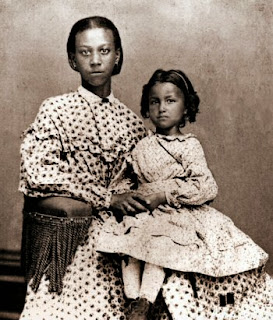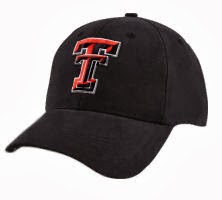A Journey Through African American Hair Perception
Black Hair Black Times elaborates on how ethnic minorities have strived to compare themselves to white standards. This article focuses on the timeline of African American hair acceptance viewed by society. As early as the 15th
century, hair functioned as an indicator of a person's religion, ethnic
identity, age, marital status, geographic orgin, and wealth.
For example, "Religious vows, significant events,
and symbols were represented in braid work and transmitted cultural vales.
(Peterson 1992).
The importance of hair in 15th century African
communities was very important. If you were African American, your hair must be
cleaned, oiled, and plaited. Messy, unkempt hair translated insanity and loose
morals to the public. Methods such as hair braiding, herbal ointments, and palm
oil were used to keep hair looking manageable and shiny.
Between 1619 and 1809, 400,00 Africans were forced to
move to British America. British America was dominated by pale skin and
straight hair; therefore, Africans felt the need to keep up with white society
standards. African hair was viewed as unattractive and dirty. Europeans called the African slave's hair "kinky" and "wool", associating them to a negative and low social rank.
By the 1830s, African Americans strived even harder to keep
up with the white norms of hair upkeep by straightening their hair.
"Black
fell prey to the idea that black hair was messy, hard to care for, and too
coarse to behave the way "regular" hair should, and therefore that they
should "fix" their hair to look like white hair." (Rooks 1996).
Slaves created new straightening methods by using bacon
grease, butter, or goose grease with a heated knife to straighten kinky
"wool" like hair.
After slavery in the 1900s, blacks still continued to make
themselves more acceptable through the appearance of their hair by copying
white hairstyles. Black celebrity entertainers Cab Calloway and the
Temptations were role models that had processed hair.
During The 60's and 70's, white society still devalued the
natural state of black hair. Africans rebelled by adapting to the birth of the
"afro", which was a symbol to connect to Africa and enforce the idea
that blacks were beautiful and demanded respect.
In modern day culture, we have come to a large variety of
black hairstyles. From kinky, straightened, weave, Afro dreads and braided. Coming a long way from the 15th century, modern culture has
an understanding and acceptance for a variety of black hairstyles.
"Whatever the design, the hair is arranged as an expression of self-love
and acceptance, individuality, and self-expression as well as liberation and
freedom." (Hair Today 1998).
Kelsey & Kirstin






































